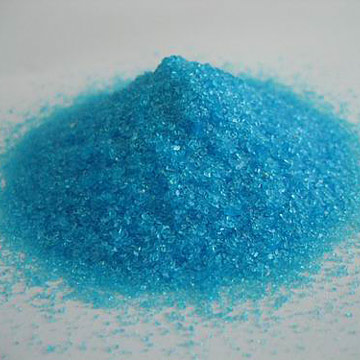Today, we learned that empirical formulas are the simplest formulas. It is like the lowest common denominator of a molecular formula. Therefore, the empirical formula is the reduced of a molecular formula. For example, the molecular formula of tricarbon hexaoxide is C3O6. This can be reduced to CO2 (reduced by 3), this is the empirical formula.
Empirical formulas are the simplest whole number ratios in a compound. Molecular Formulas show the actual atoms and bonds.
- Example - : A sample of an unknown compound is analyzed and found to contain 8.4 g of "C", 21.0 g of "H", and 5.1 g of "O". Find the empirical formula.
- To do this, you must fill in a chart:

- You must find the amount of moles of each element by dividing its molar mass by the given mass.
- Out of all the moles, find the smallest.
- Divide every mole with the smallest mole
- Round your quotient to the nearest one
- Stick your answers as subscripts to the element.
-- Jael Lumba



 2. Those crystals contain water inside them which can be released by heating.
2. Those crystals contain water inside them which can be released by heating.




